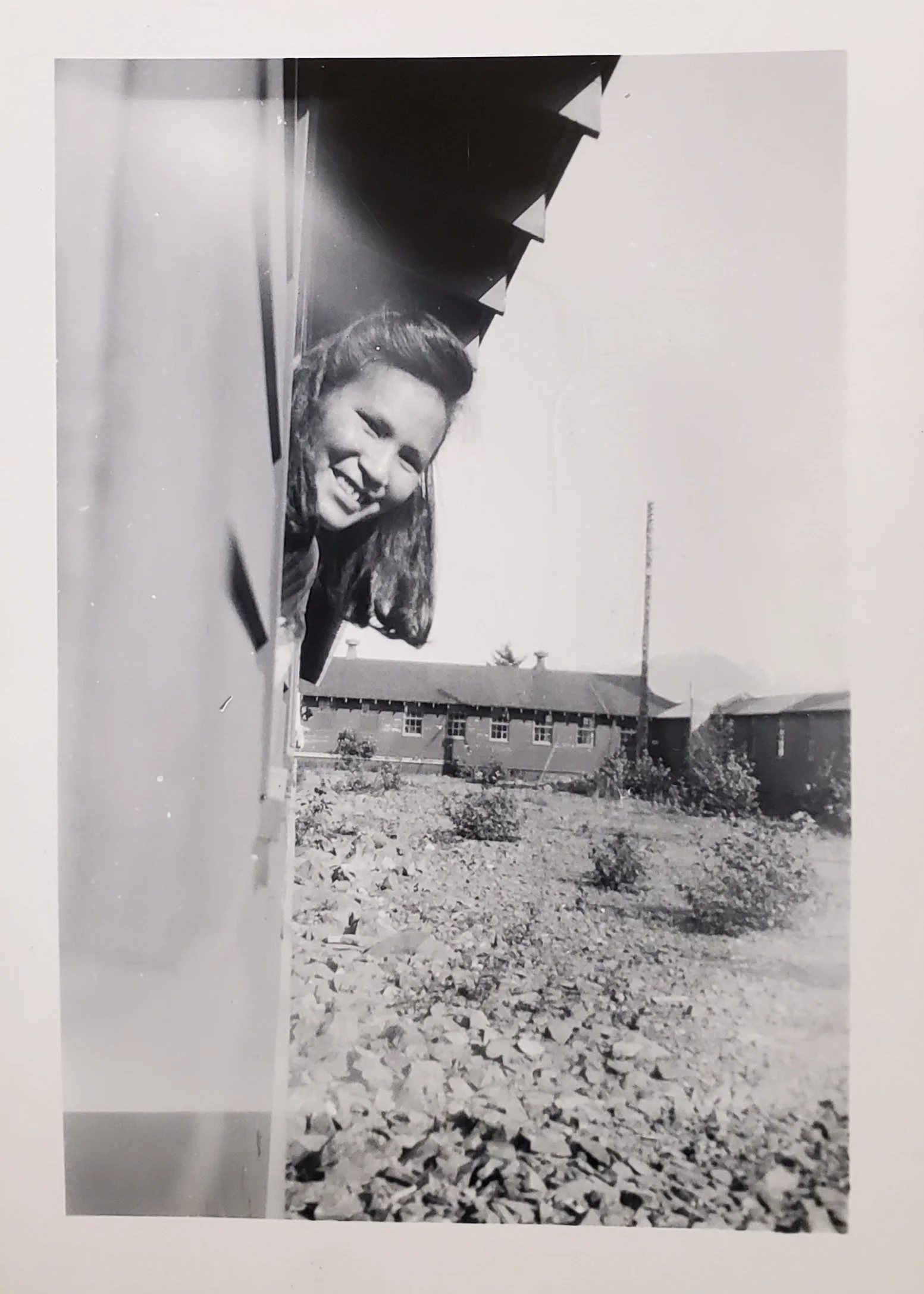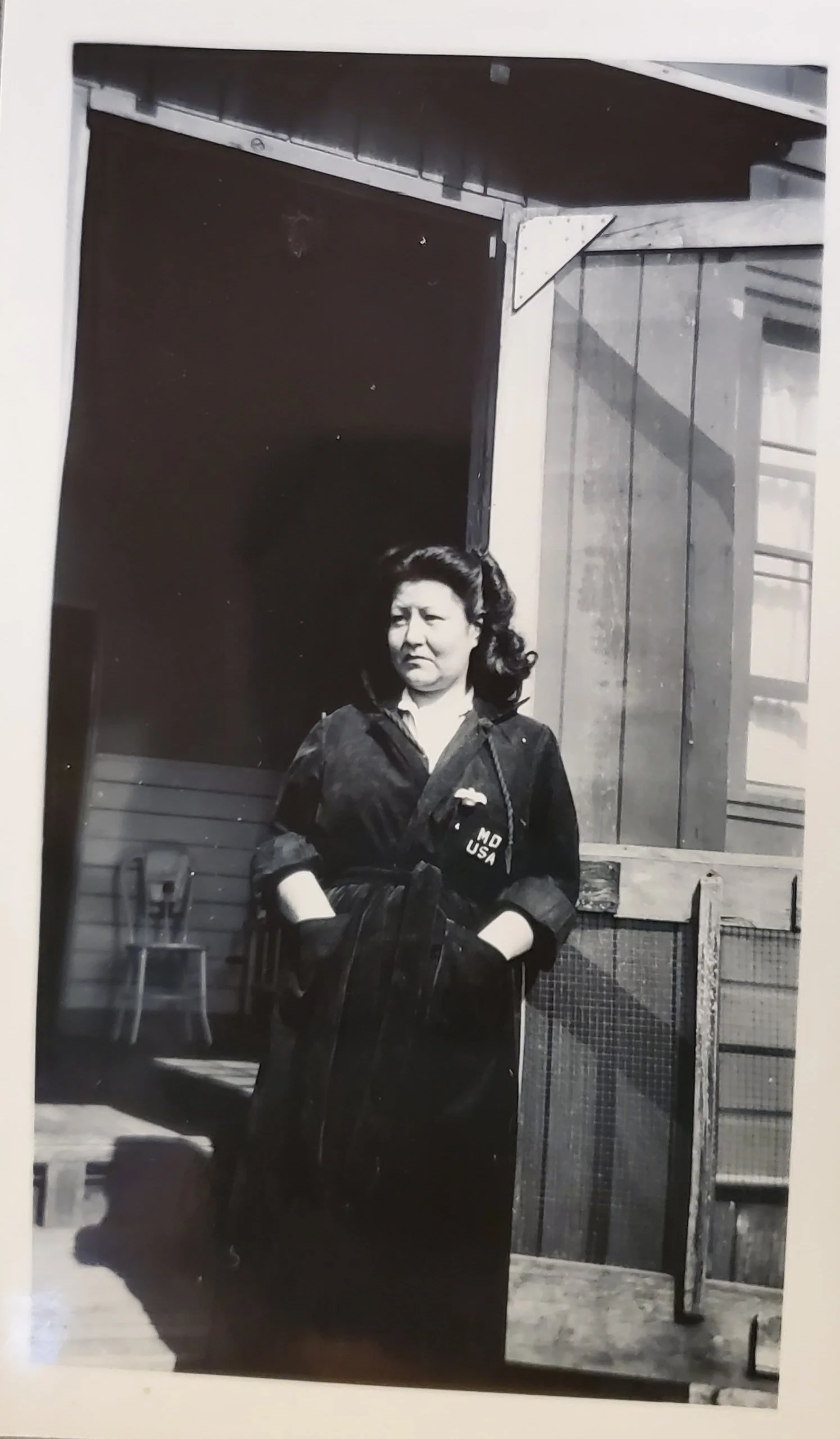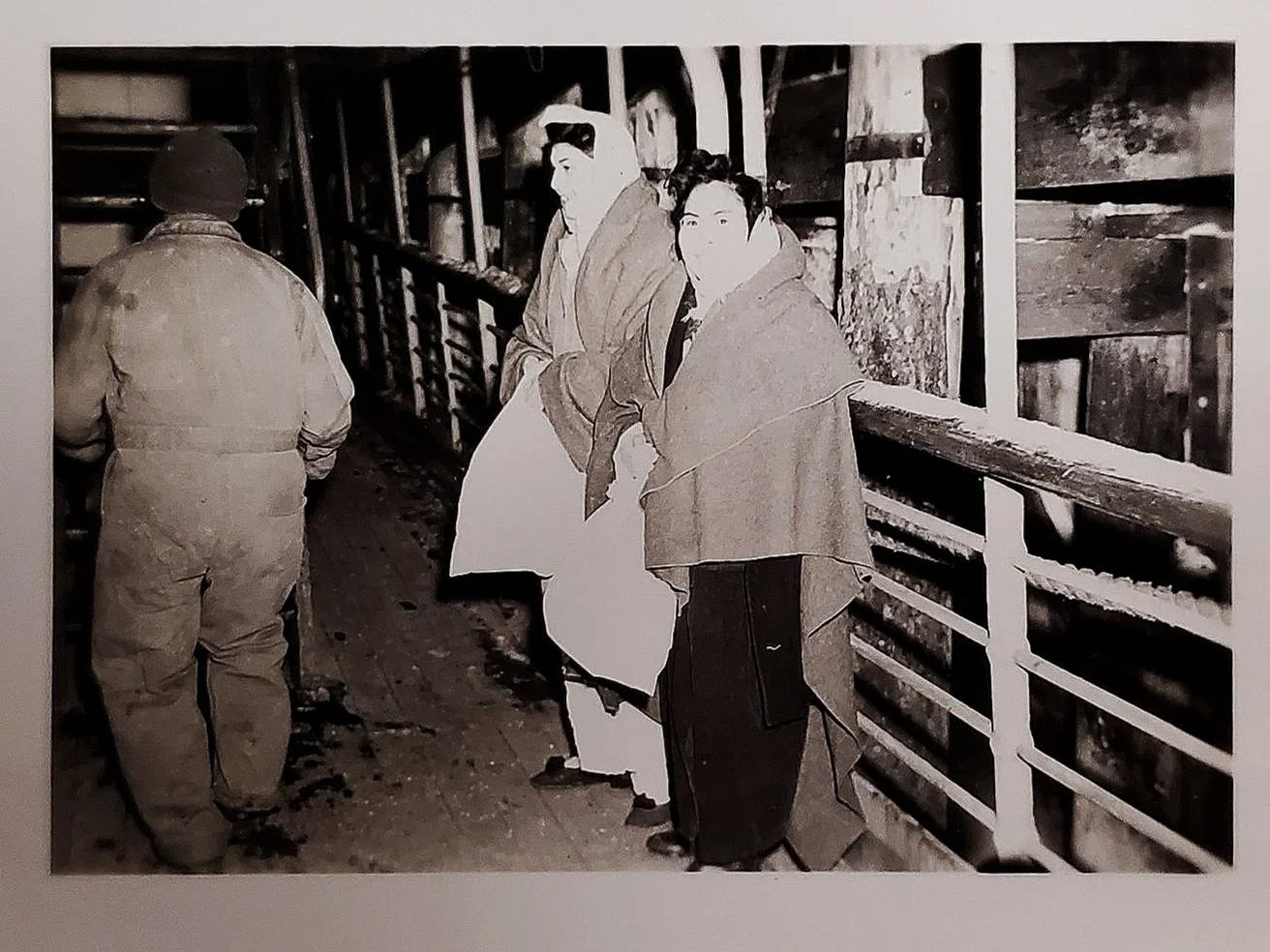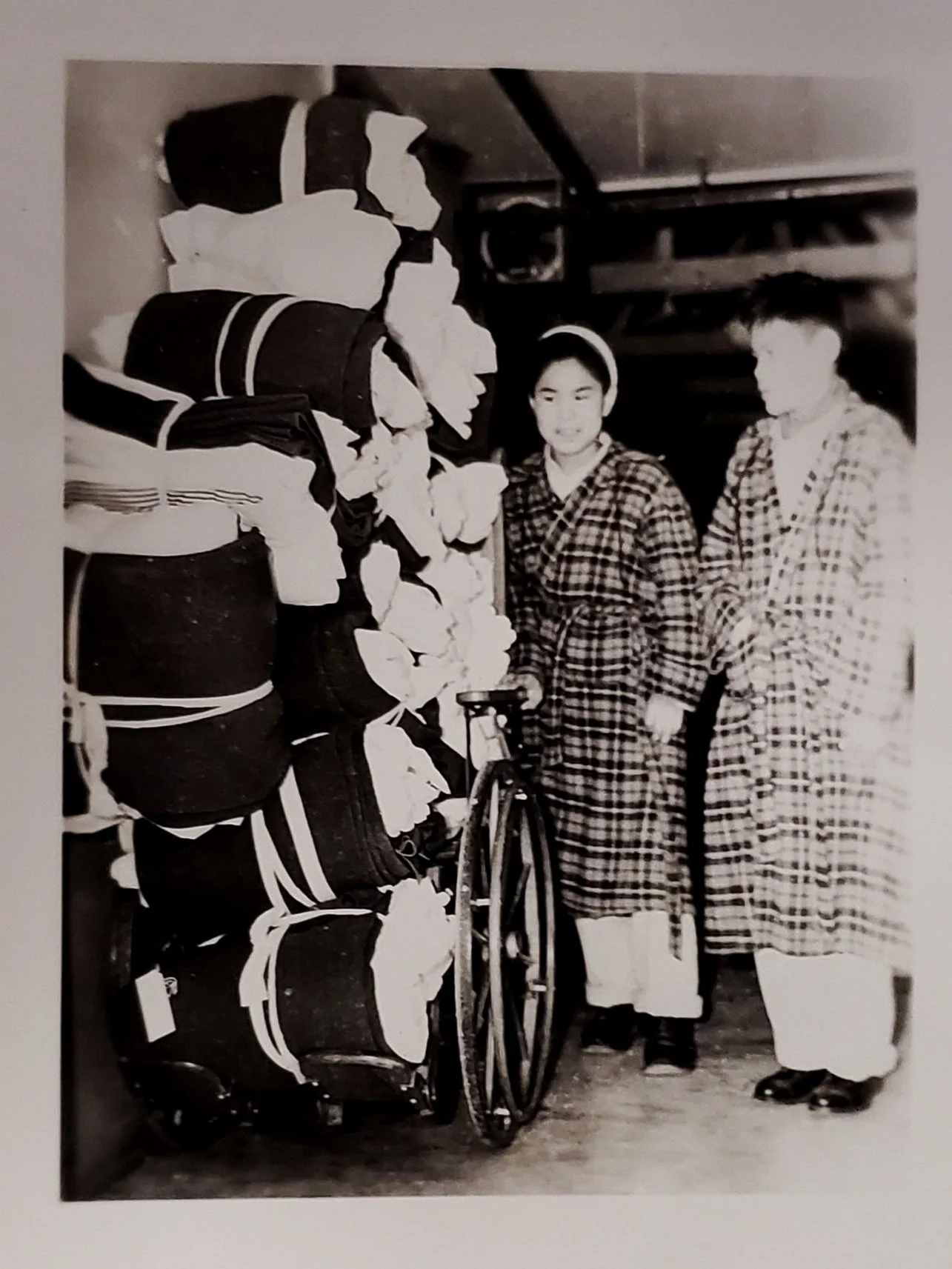Skagway Sanitarium

Image courtesy of the BC Archives, Sisters of St. Ann Archives collection, MS-3606)
In 1945 an army base just outside of Skagway was converted into Alaska’s first tuberculosis sanatorium. The Skagway Sanatorium opened its doors in 1945 and was staffed by the Sisters of St Ann from Victoria BC. By the winter of 1946, the attending physician quickly understood why Skagway was called the 'home of the North wind.” Situated on the bank of the Skagway River, the sanatorium faced relentless winds from the Yukon. With inadequate boilers for heat, it was soon deemed unfit for patients and staff. In January of 1947, the 90 tuberculosis patients were packed up and transferred by ship to Sitka.
The modern tuberculosis epidemic in Alaska began in the 1700s, introduced by Russian explorers and missionaries. Over the following centuries, the disease spread rapidly among Alaska Native communities. By the first half of the 20th century, Alaska faced some of the highest TB rates ever recorded worldwide. Among Alaska Natives, TB was the leading cause of death, accounting for 35% of all fatalities. At its peak, TB claimed lives at an alarming rate, with 655 deaths per 100,000 among Alaska Natives.
Image courtesy of the BC Archives, Sisters of St. Ann Archives collection, MS-3606)
Image courtesy of the BC Archives, Sisters of St. Ann Archives collection, MS-3606)
While Sanatoriums aimed to reduce disease transmission and provide treatment, they also separated patients, especially children, from their families, culture, and communities for extended periods. Many children spent years in these facilities, returning home with little knowledge of their language or traditions. Despite the emotional and cultural hardships caused by long-term isolation, the opening of sanitariums was an early step in Alaska’s fight against tuberculosis, a disease that would remain the leading cause of death in the state until 1950.
Image courtesy of the BC Archives, Sisters of St. Ann Archives collection, MS-3606)






These photographs, taken in 1947, show six sanatorium patients. Records indicate that four of of the six had died by 1950. One of the women lost a lung to tuberculosis and was forced to give her son up for adoption due to the long-term care she required. The identity of the sixth remains unknown. This shows a harsh reality of the toll TB took on Alaska Native communities.
In the first year of operation, the Skagway Sanatorium recorded having 72 inpatients, 172 outpatients, 822 x-rays, 1,540 lab examinations, and 7 deaths. The sanatorium included a dental facility, an autoclave for sterilizing equipment, and an x-ray machine.
Image courtesy of the BC Archives, Sisters of St. Ann Archives collection, MS-3606)
Image courtesy of the BC Archives, Sisters of St. Ann Archives collection, MS-3606)
Image courtesy of the BC Archives, Sisters of St. Ann Archives collection, MS-3606)
Over the winter of 1946-47, the boilers at the Skagway Sanatorium could not keep up with the harsh and windy winters of Skagway. Heat was directed to the patient ward, but following a particularly cold snap in early January the facility was determined unsafe for patients and staff. On February 6 all 90 tuberculosis patients were transported to Sitka by ship. The patients traveled third class on North Star out of Skagway and were fitted with bunks in steerage. The Sisters who cared for them on the journey recounted that the patients found the trip exciting.
Image courtesy of the BC Archives, Sisters of St. Ann Archives collection, MS-3606)
Image courtesy of the BC Archives, Sisters of St. Ann Archives collection, MS-3606)
Image courtesy of the BC Archives, Sisters of St. Ann Archives collection, MS-3606)
Image courtesy of the BC Archives, Sisters of St. Ann Archives collection, MS-3606)
Image courtesy of the BC Archives, Sisters of St. Ann Archives collection, MS-3606)
Image courtesy of the BC Archives, Sisters of St. Ann Archives collection, MS-3606)













